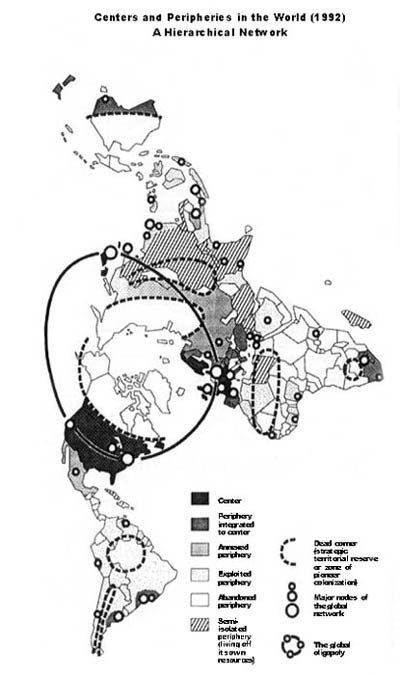(Geo)graphic of the Incan Empire stolen straight off the WWW.
Quinoa(keen-wah) comes to us from the Andes,where it has long been cultivated by the Inca. Botanically a relative of swiss chard and beets rather than a “true” grain, quinoa contains all the essential amino acids that the human body cannot make on its own.
Not only is it my new favorite ingredient, but Wikipedia gives it pretty cool coverage which I plagiarize beginning now:
The Incas,who held the crop to be sacred,[3] referred to quinoa as chisaya mama or mother of all grains, and it was the Inca emperor who would traditionally sow the first seeds of the season using ‘golden implements’.[3]. During the European conquest of South America quinoa was scorned by the Spanish colonists as food for Indians, and even actively suppressed, due to its status within indigenous non-Christian ceremonies.In fact, the conquistadors forbade quinoa cultivation for a time and the Incas were forced to grow corn instead.[citation needed]
Not to mention that it is good for lowering my epically bad cholesterol. In searching out the health benefits of quinoa, I found this great article entitled How to lower your cholesterol absolutely free (no prescription required). The scariest segment of this article, which had nothing to do with quinoa per se, is this –
“It is the hydrogenation of these oils that makes them toxic to the human body. They belong to a class of ingredients known as metabolic disruptors. This is a class of ingredients that interferes with normal human metabolism and includes ingredients like sodium nitrite, MSG,aspartame, and white flour.”
Could you imagine the difference it would make if the FDA changed the food labeling rules to require that hydrogenated oils, sodium nitrite, MSG, aspartame and white flour were all called metabolic disruptors! Hard to sell that as healthy.
Quinoa baby!

